Category: Knowledge
-

A Deep-Dive Comparison of Zapier, Make.com, and n8n — The Big Three in Workflow Automation
In the digital era, workflow automation has become a key lever for individuals and businesses to boost productivity. Platforms like Zapier, Make.com (formerly Integromat), and n8n rank among the most popular tools for connecting apps and automating tasks without heavy coding. Each brings a distinct philosophy and strengths: Zapier prioritizes simplicity, Make.com balances visual power…
-
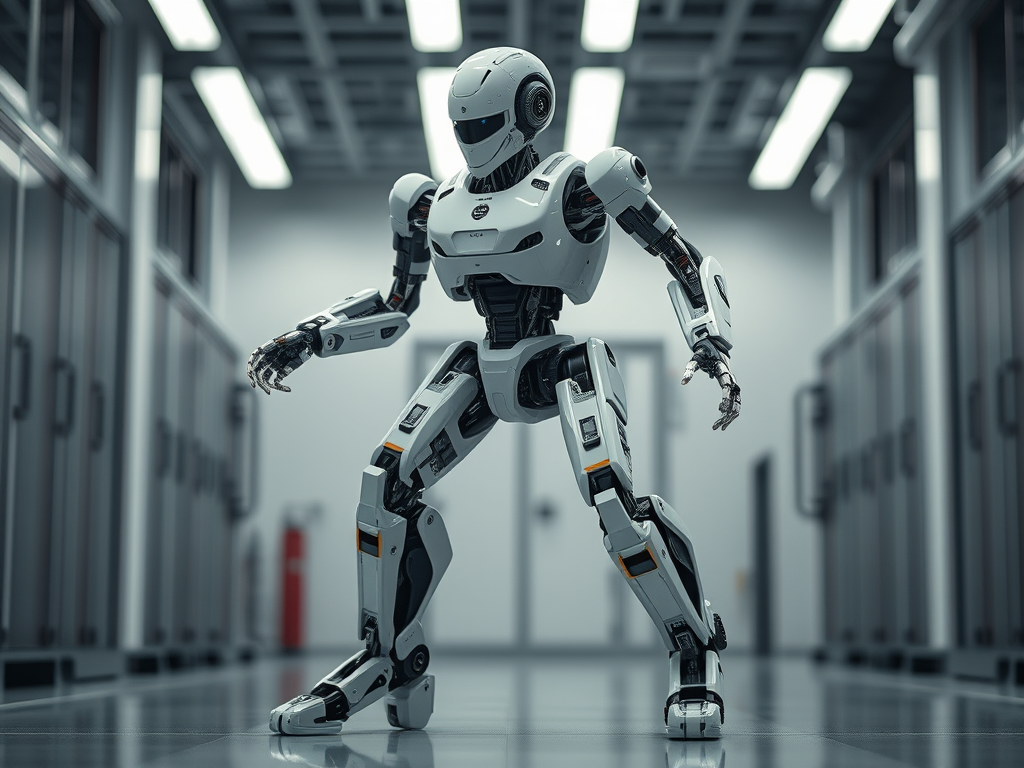
Humanoid Robots: The Synergy of Advanced Components, Emerging Innovators, and Real-World Applications
Humanoid robots have long captured our imagination—embodying both the technical marvels of modern engineering and the promise of future innovation. These robots combine intricate hardware designs with sophisticated software to perform tasks that range from assisting in industrial operations to engaging with people in everyday life. As companies push the boundaries of robotics, a new…
-

YOLO: A Decade of Real-Time Object Detection Evolution
YOLO, or You Only Look Once, is a family of computer vision models designed to detect objects in images or videos quickly. Unlike older methods that take multiple steps, YOLO processes everything in one go, making it fast and suitable for real-time applications like self-driving cars or security cameras. Evolution and Versions YOLO started with…
-

Exploring the World of Open-Source Software: Types, Specifications, and Licenses
Key Points: What is Open-Source Software? Open-source software is software with freely accessible source code that users can use, modify, and distribute. It’s governed by licenses like the GNU General Public License (GPL), ensuring collaboration and accessibility. It’s used in everything from operating systems to productivity tools, offering cost-effective and customizable solutions. Categories and Examples…
-
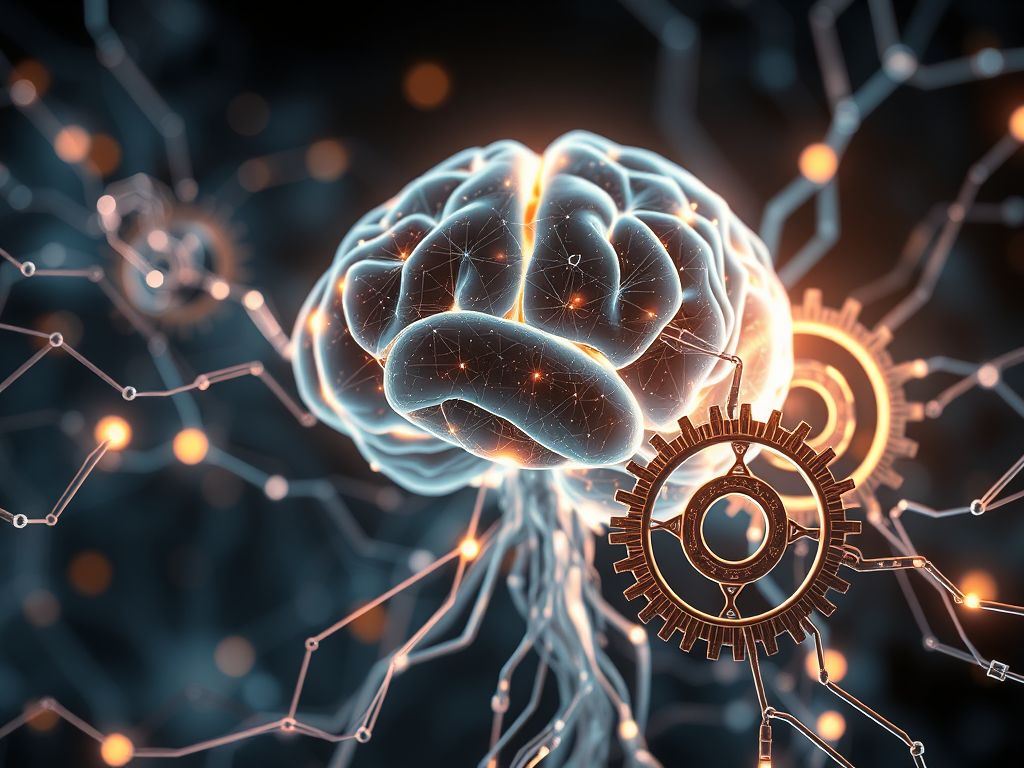
Unveiling I-JEPA: Yann LeCun’s Vision for Human-Like Intelligence
Yann LeCun, a prominent figure in the field of artificial intelligence, has introduced a new AI model called I-JEPA (Image-based Joint-Embedding Predictive Architecture) that aligns with his vision for more human-like AI. I-JEPA is a non-generative, self-supervised learning approach that learns highly semantic image representations without relying on hand-crafted data augmentations. This article delves into…
-

The self-replication red line: How AI systems are breaching a critical threshold
A new study has revealed that AI systems, powered by widely used large language models (LLMs), have achieved self-replication, a feat previously thought to be years away. This finding challenges the optimistic views of leading AI corporations and raises serious concerns about the potential for uncontrolled AI proliferation and its associated risks. This article delves…
-

Unlocking Large Language Models: The Art of Prompt Engineering
The guide on prompt engineering emphasizes its significance in effectively interacting with large language models. By crafting precise input prompts, users can enhance AI output quality and relevance while minimizing misunderstandings. The guide outlines strategies, techniques, and practical tactics for mastering prompt engineering to better leverage AI’s capabilities in various applications.
-
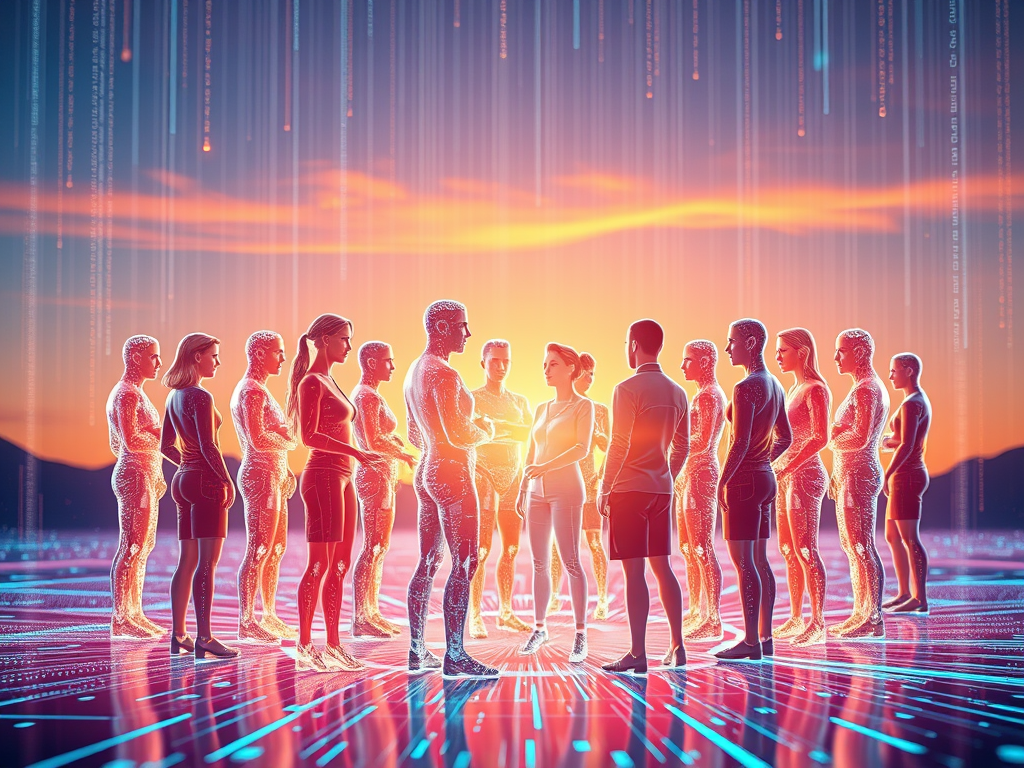
Generative Agents: AI’s leap towards authentic human behavior modeling
The advent of artificial intelligence (AI) has ushered in transformative methodologies for simulating human behavior, with significant implications for social science research and policy development. A notable advancement in this domain is the development of generative agent architectures capable of replicating the attitudes and behaviors of real individuals. A recent study titled “Generative Agent Simulations…
-
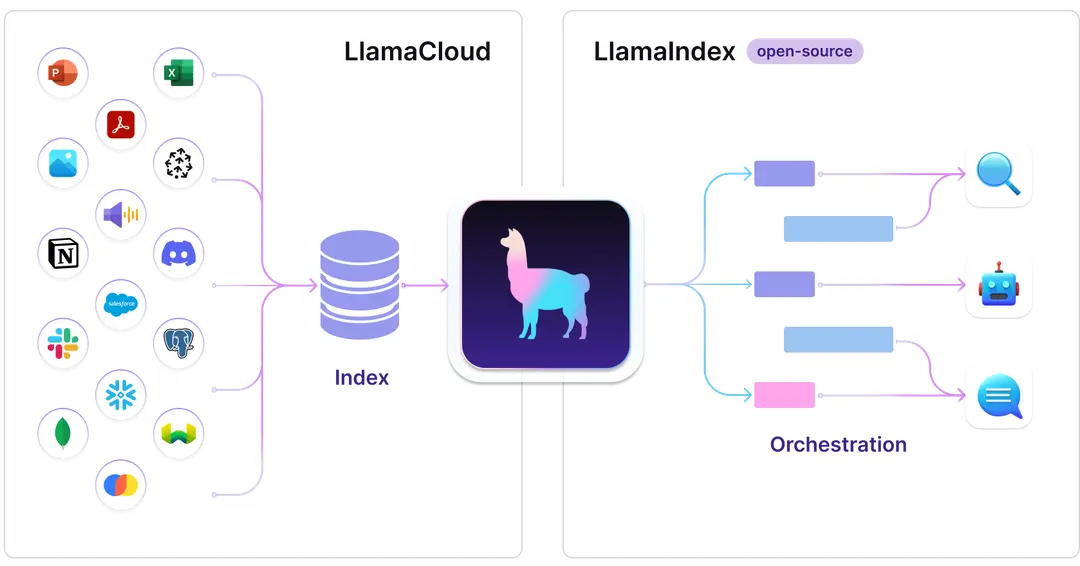
Streamlining decision-making with LlamaIndex’s new Agent Document Workflow
LlamaIndex has recently unveiled its innovative Agent Document Workflow (ADW) feature, marking a significant advancement in how organizations can streamline document processing and enhance decision-making capabilities. This new architecture goes beyond traditional retrieval-augmented generation (RAG) methods, introducing a more dynamic and integrated approach to handling documents. Overview of Agent Document Workflow (ADW) How ADW Works…
-
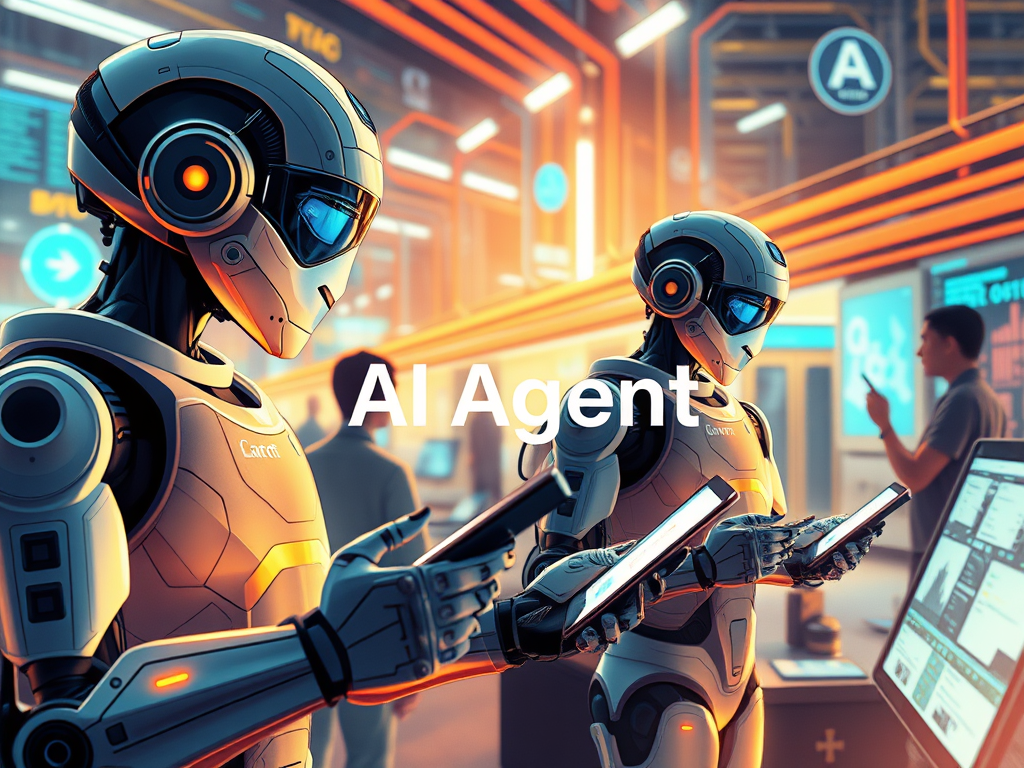
AI Agents: A defining trend for 2025
As we approach 2025, the landscape of artificial intelligence (AI) is poised for a significant transformation, particularly with the emergence of AI agents. This new class of AI technology is set to redefine how we interact with machines, moving beyond the limitations of traditional chatbots to create more autonomous and efficient systems. Google CEO Sundar…
